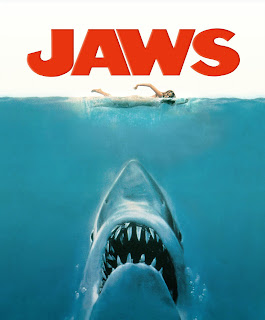SEVEN
The opening title sequence of “Se7en” is around 4 minutes long and it is intended to introduce us to the central protagonist, Detective William Somerset, as well as to set the mood for the remainder of the film. It also gives the audience lots of information about him including what he does for a living and what he’s like as a person, not least introducing another main character, Detective David Mills. The title opening structure is a discrete title sequence which is separately edited, with a blank screen and with white writing, it also includes mash-ups of scratched frames and fuzzed-up, glitchy graphics. The hand written fonts tell us that his mental state is not right. This all makes it spooky and gives it an edge, this also helps us to identify the genre of the film.
The look of the entire opening scene is very rough and raw. This is to keep the tension high and the mood dark, it also links the film with dark ideas such a murder and serial killers. The opening cuts from the distributor’s logo straight to Somerset in his apartment, getting ready for work. It shows he is very particular and exact his things are all lined up parallel on his desk in the order in which he picks them up. Continuity editing is used for this scene so all of the audience’s attention is focused solely on Somerset although the edits are fairly fast, to keep both the pace and tension as high as possible. It also keeps the speed of the scene up he gets ready very quickly, in the very next shot we see him at work straight away.
There are also many close ups of the many things the character is doing the fact that the face of the person is not shown adds a sense of ambiguity for the audience. The opening credits fit the theme of the film by being quite dark and scary. The music played throughout the opening is also daunting and agitating with high pitched sounds.
I chose to analyse the film 'Seven' because I like the techniques used. As it has the right amount of everything to make the audience interested before the film has even started.












